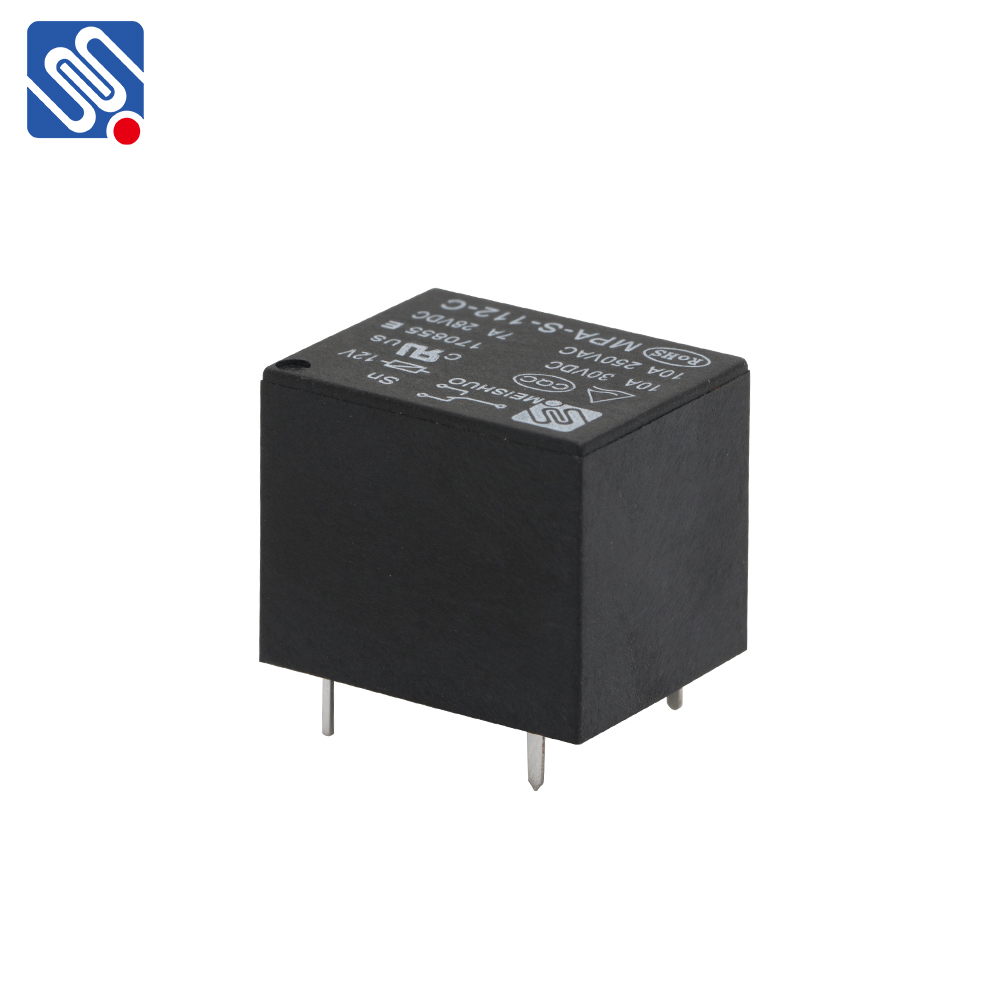relay environmental impact: a deep dive into sustainability with meishuo
Release time:2025-05-14 11:32:26
The increasing concern for the environment has prompted various industries to evaluate and rethink their operational practices. In the tech industry, companies like Meishuo are making significant strides toward minimizing their environmental impact while still delivering cutting-edge products and services. One of the key areas where this is evident is in the use of relay technology, which plays a vital role in many electrical and communication systems. As the world continues to push for sustainability, understanding the environmental impact of relays, particularly in the context of companies like Meishuo, is essential for crafting more eco-friendly solutions.

Relays and Their Environmental Footprint
Relays are electrical switches used in numerous applications, from automotive systems to communication networks. They play a crucial role in controlling the flow of electricity and are widely used due to their efficiency, reliability, and versatility. However, like most electronic components, relays come with their own set of environmental challenges. The materials used in relays, such as metals, plastics, and electrical contacts, can be harmful to the environment if not handled properly during manufacturing and disposal.
The production of relays requires energy and raw materials, both of which contribute to environmental degradation if sourced irresponsibly. Additionally, some relays contain hazardous substances like lead or mercury, which can leach into the environment when disposed of improperly. While recycling programs exist for many of these materials, the challenge remains in ensuring that every component is recycled efficiently and that these processes don't contribute further to pollution.

